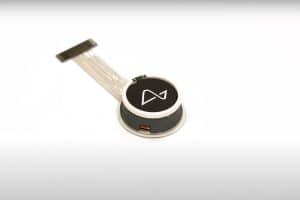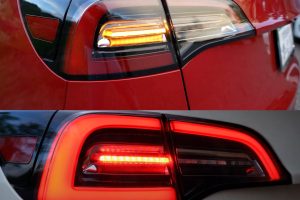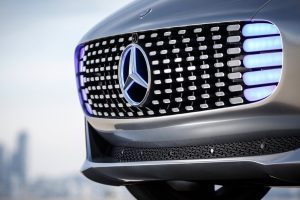Key Takeaways
- Tesla is testing a Model 3 with unusual cameras in the U.S., hinting at the future introduction of the Cybercab and robotaxi platform in the country.
- The Cybercab was revealed in Los Angeles and pointed to an impending rollout of driverless services in the United States, with possible initial locations, including Austin, Texas.
- New camera placements on the Model 3 resemble those on the Cybercab, indicating further development toward driverless technology.
- Tesla desires to create a transportation mode safer than human driving with its Full Self-Driving suite, although there is significant progress yet to be made.
- The upcoming driverless ride-hailing service is aimed at launching in Austin by June, with the Cybercab expected to be the vehicle for these rides.
- Tesla employs various testing strategies, including occasional use of LiDAR, for verifying self-driving technology despite Elon Musk’s statements about its necessity.
Tesla continues to stride boldly into the future of transportation with intriguing new developments in its self-driving technology. At the forefront are the mysterious cameras being tested on the Model 3 in the U.S., signaling the potential launch of the Cybercab and Tesla’s ambitious robotaxi platform. This blog post delves into Tesla’s latest innovations, the implications for the autonomous transport sector, and what the future might hold for consumers and the industry at large.
Tesla’s Testing of Model 3 with Mysterious Cameras
Tesla’s latest experiment involves the Model 3, a staple in its electric vehicle lineup, now equipped with unusual cameras. These new camera placements are not typical for current Model 3 configurations, echoing similar installations on the newly unveiled Cybercab. This move hints at Tesla’s ongoing efforts to refine its self-driving technology, pushing boundaries in autonomous vehicle capabilities.
Cybercab’s Debut and Impending Rollout
In early October, Tesla unveiled the Cybercab in Los Angeles, drawing significant attention as a potential game-changer in the ride-hailing industry. By hinting at an impending rollout of driverless services, Tesla is preparing the groundwork for a significant shift in U.S. urban transportation landscapes. With initial operations slated for Austin, Texas, anticipation is building around when driverless rides will become a reality.
The Driverless Vision: Safer and More Efficient
Tesla’s mission with Full Self-Driving (FSD) is to create a transportation mode that’s not only autonomous but also safer than a human-driven vehicle. While Tesla’s FSD suite is among the most advanced available, the company acknowledges that more progress is needed to meet its ambitious safety goals. The development and testing of the robotaxi and Cybercab are crucial steps towards this vision.
The Technicalities: Cameras and LiDAR
Tesla’s approach involves rigorous testing strategies, including the use of advanced camera systems and selective experiments with LiDAR technology, despite CEO Elon Musk’s vocal skepticism about its necessity for ground truth validation. These strategies underscore Tesla’s commitment to “crossing Ts and dotting Is” as it fine-tunes its autonomous capabilities.
Looking Ahead: Launch and Market Impact
With a driverless ride-hailing service launch aimed for Austin in June, using the Cybercab, Tesla is poised to disrupt the market and redefine urban mobility. Industry observers predict substantial implications for ride-hailing dynamics, especially if Tesla’s autonomous vehicles prove to be a commercially viable alternative to traditional ride-hailing services.
Tesla’s journey towards a fully autonomous driving experience remains a fascinating narrative of innovation and ambition. As the company presses forward with its testing and strategic developments, the eyes of the automotive and tech world will be keenly watching. What is unveiled in the coming months could very well set the stage for a new chapter in transportation history.





